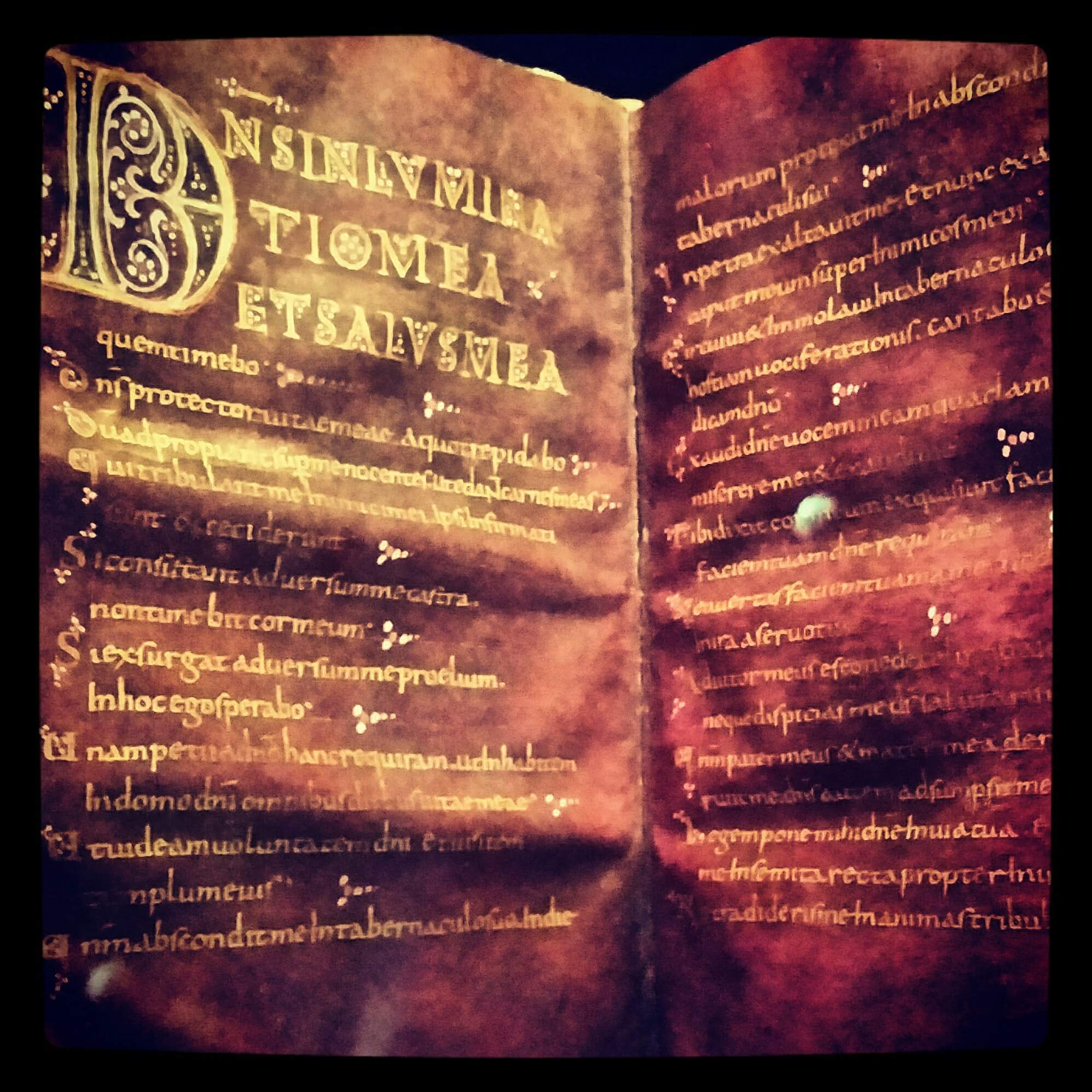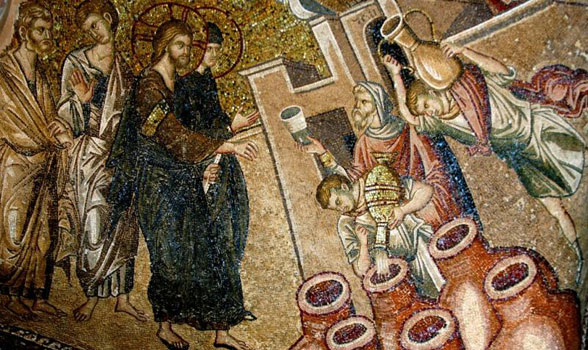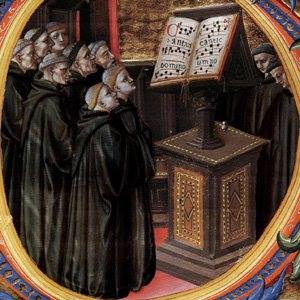This article is the fifth in a series on Meals with Jesus which formed part of this year’s Lent course. This fifth is on the pericope of Mary’s anointing of Jesus, John 12·1–11.

There’s no place like home, and this place offers security, love and comfort in the midst of spiraling tensions in Jesus’ ministry. Perhaps we all got too comfortable, and when the love and friendship overflowed in an attempt to push those fears aside, they came right back in with fears and hates expressed by one thought to be a friend.
This house in Bethany — the House of the Lord’s Grace — is the place of Jesus’ greatest victory, raising Lazarus from the dead. Here the Pharisees would only point and whisper, not confront and condemn.
It had been a long journey, with little comfort, so reclining on cushions around a table laden with food, surrounded by friends, was a joy. We were looking forward to celebrating the Passover in Jerusalem, but there were fears of what it might bring.
We smelt it first, as Mary came in with the box after dinner. We didn’t know that scent, but it was Matthew Levi or Judas Iscariot who, in hushed tones, told us of this precious Indian plant. We shifted on our cushions, cleared our throats and examined the patterned cloth that covered the dining table. We couldn’t watch this embarrassing display, and Jesus’ accepting of it. We wished someone would say something.
Continue reading “Meals with Jesus V: Home cooking at Bethany”




